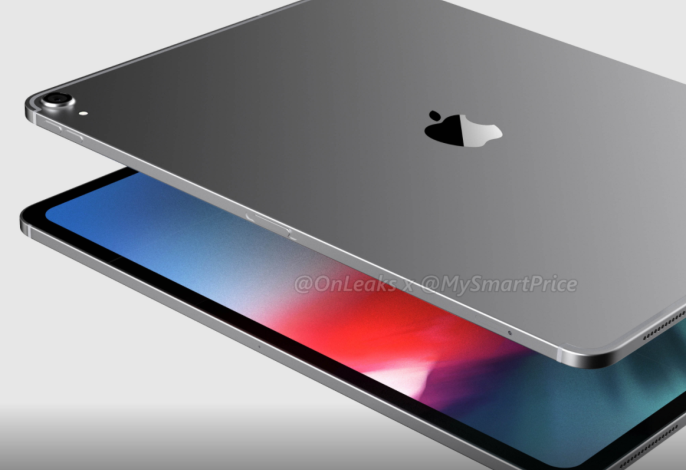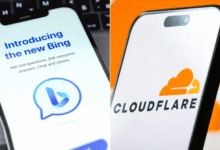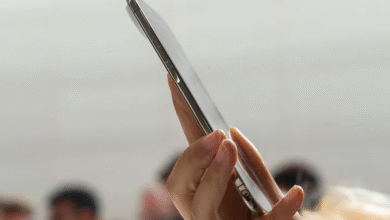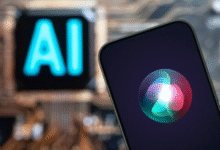Apple and Foldable Technology: A Calculated Delay or a New Strategy?

Apple is still taking its time in joining the foldable device market, despite the sector’s significant growth and maturity in recent years. With no official statements from the company, rumors and leaks have found a receptive audience among Apple enthusiasts and tech followers worldwide.
For years, speculation revolved around a foldable iPhone. However, according to a recent report by Mark Gurman published in Bloomberg, Apple might take a different approach with its foldable devices, with the first of them resembling an iPad, expected to launch in 2028.
A New Vision for the Future of Computing
Apple has maintained its success over the years by anticipating users’ future needs and delivering products that meet those expectations. This was evident with the early iMacs and later with the iPhone, which became a defining moment for the company.
Since then, Apple has been striving to recreate that “iPhone moment”—one that reshapes the tech landscape—by predicting the future of computing and personal device experiences. The company took a step toward this vision with the launch of Vision Pro, which was meant to shape the future.
However, the Vision Pro experience revealed that users were not entirely ready to embrace virtual reality headsets, with challenges such as the bulky design and the steep price tag deterring widespread adoption.
As a result, Apple’s designers had to explore alternative solutions. Instead of introducing an entirely new product category, the company decided to enhance its iPad lineup by developing a foldable version of one of its most successful devices.
According to Gurman’s report, Apple is working on a new tablet that mirrors the design of the iPad but features a significantly larger screen—roughly the size of two iPads combined—that folds in half to match the traditional iPad dimensions. The company aims to bring this innovation to market by 2028.
The report also states that Apple has been internally testing this device for several years and has now developed prototypes where the fold crease is virtually invisible. This aligns with the latest advancements in foldable technology, where hidden hinge mechanisms enhance the seamless look and feel of the device.
A New Device or an iPad Upgrade?
Despite growing rumors surrounding Apple’s foldable devices, many details remain unclear. Reports do not specify whether the upcoming device will be an improved version of the existing iPad lineup—perhaps a new generation of the iPad Pro—or an entirely new product line alongside the current models.
Additionally, reports suggest that Apple is currently not prioritizing the development of a foldable iPhone. Instead, the company appears to be focusing on foldable screens for professional-grade devices such as the iPad Pro and MacBook Pro.
These rumors coincide with a leaked document on X (formerly Twitter) outlining Apple’s roadmap for adopting next-generation display technologies. The plan reportedly includes introducing foldable screens between 2028 and 2030, with an estimated size of 18.8 inches—slightly smaller than two iPad Air screens placed side by side.
Apple’s strategy of introducing a new product variant aligns with its recent approach to product segmentation. The company now offers multiple options within each device category, as seen in the iPad lineup, which ranges from the budget-friendly standard iPad to the compact iPad Mini, the mid-range iPad Air, and the high-end iPad Pro models available in multiple sizes.
However, launching another iPad variant could fragment Apple’s market share. The company already offers the 13-inch iPad Pro, its largest tablet, and introducing a separate foldable model might drive customers toward the new category, potentially impacting sales of the larger iPad Pro.
Not the First to Do It
Apple’s adoption of foldable technology reflects a shift in its approach—following global industry trends rather than setting them. Unlike previous groundbreaking innovations, Apple is not the first to introduce a foldable computer. Competitors like Microsoft attempted this with the “Neo” in 2019 before canceling it, and other brands like Lenovo and HP have already launched foldable devices priced around $2,000.
However, Apple’s entry into the foldable market does not mean it won’t bring something unique to the table. Reports suggest that Apple’s foldable device will be more expensive than Lenovo’s models and will feature a distinct design. While existing foldable computers rely on two separate screens connected by a hinge, leaks indicate that Apple’s device will use a single, continuous glass panel that folds in the middle—similar to Samsung’s Galaxy Z Fold series.
Another major differentiator will likely be the operating system. Unlike current foldable computers that run Windows, Apple is expected to optimize iPadOS for foldable screens, ensuring a seamless experience tailored specifically for this new form factor.
Why a Foldable iPad Instead of an iPhone?
Many expected Apple to launch a foldable iPhone before exploring foldable iPads, considering the company’s usual strategy of entering emerging markets. However, from a business standpoint, prioritizing a foldable iPad makes more sense.
Apple dominates the tablet market, giving it the freedom to experiment and innovate within this space. The iPad’s versatility appeals to a wide range of users, from creatives needing a digital canvas to professionals seeking a lightweight yet powerful computing device.
These diverse use cases create an opportunity for Apple to introduce foldable technology where it can be most beneficial—on a larger display. In contrast, the iPhone lineup focuses on simplicity, portability, and sleekness, with ongoing efforts to make the device thinner and lighter, as rumored for the upcoming iPhone 17 Air.
The question remains: Can Apple turn foldable tablets into a mainstream success, or will they remain a niche product like the Vision Pro, appealing only to a select group of users?








